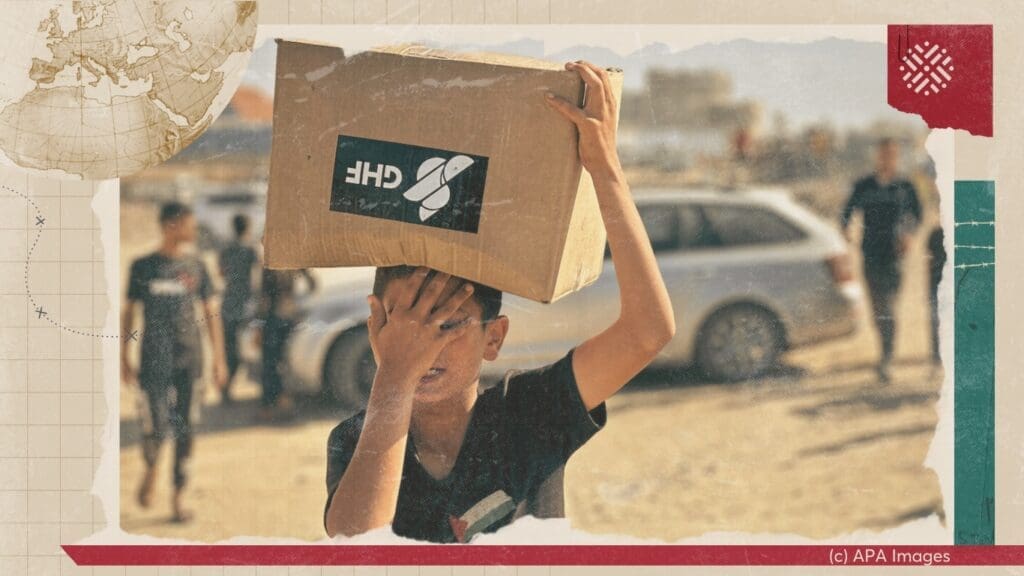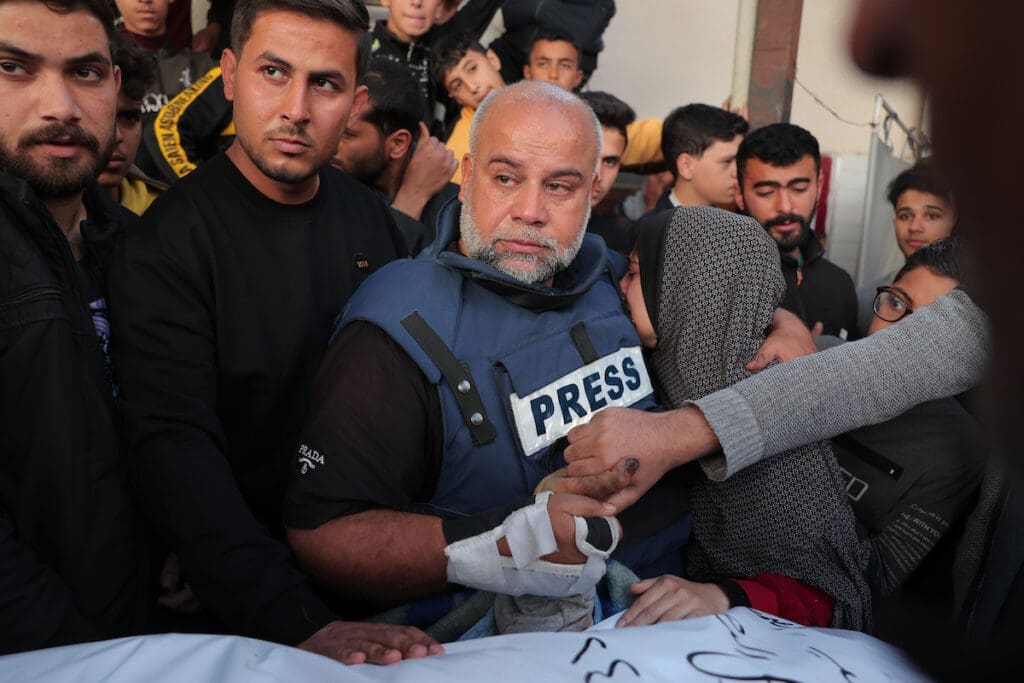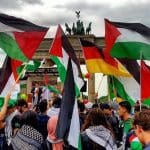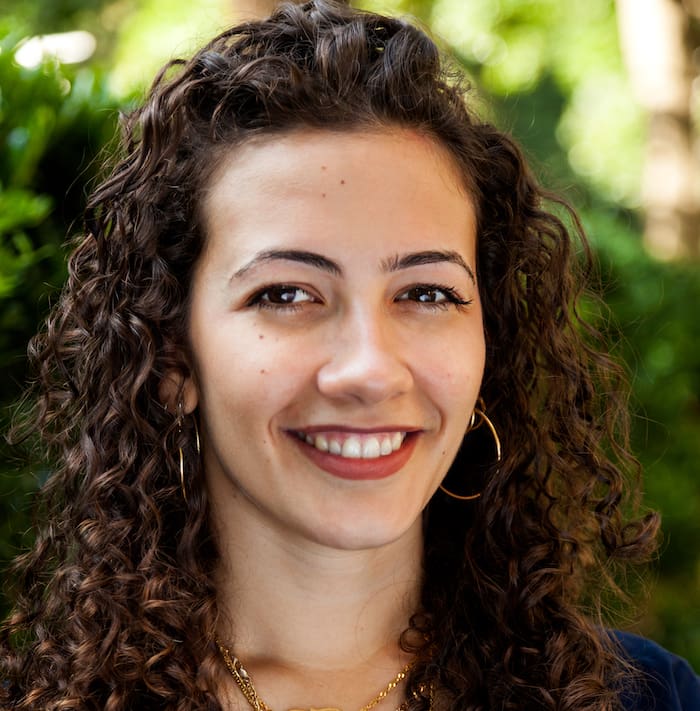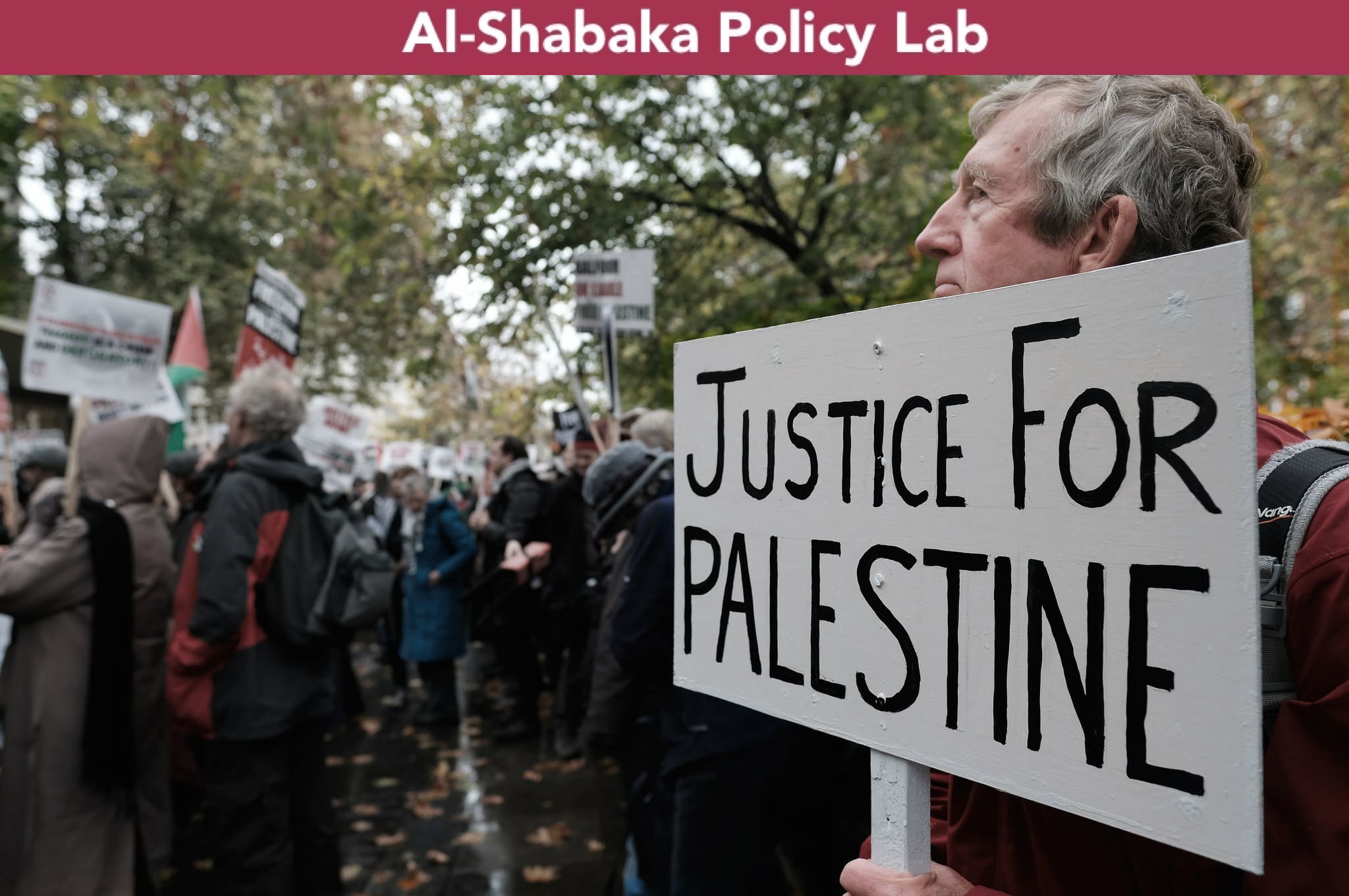
Is the global Palestine solidarity movement exerting its energy in the right places? How can the movement better coordinate with developments in Palestine? Is Palestinian self-determination sufficiently reflected within the movement?
On the 2018 International Day of Solidarity with the Palestinian People, Al-Shabaka’s Zena Agha is joined by analysts Loubna Qutami and Randa Wahbe to explore these challenging questions and more.
Zena Agha served as Al-Shabaka's US Policy Fellow from 2017 - 2019. Her areas of expertise include Israeli settlement-building in the occupied Palestinian territory with...
Al-Shabaka Member Randa Wahbe is a graduate student in anthropology at Harvard University. Her research focuses on how Palestinian dead bodies are exploited by the...
Al-Shabaka Policy Member Loubna Qutami is a Presidents Postdoctoral Fellow at the University of California, Berkeley. She has a PhD from the Department of Ethnic...



